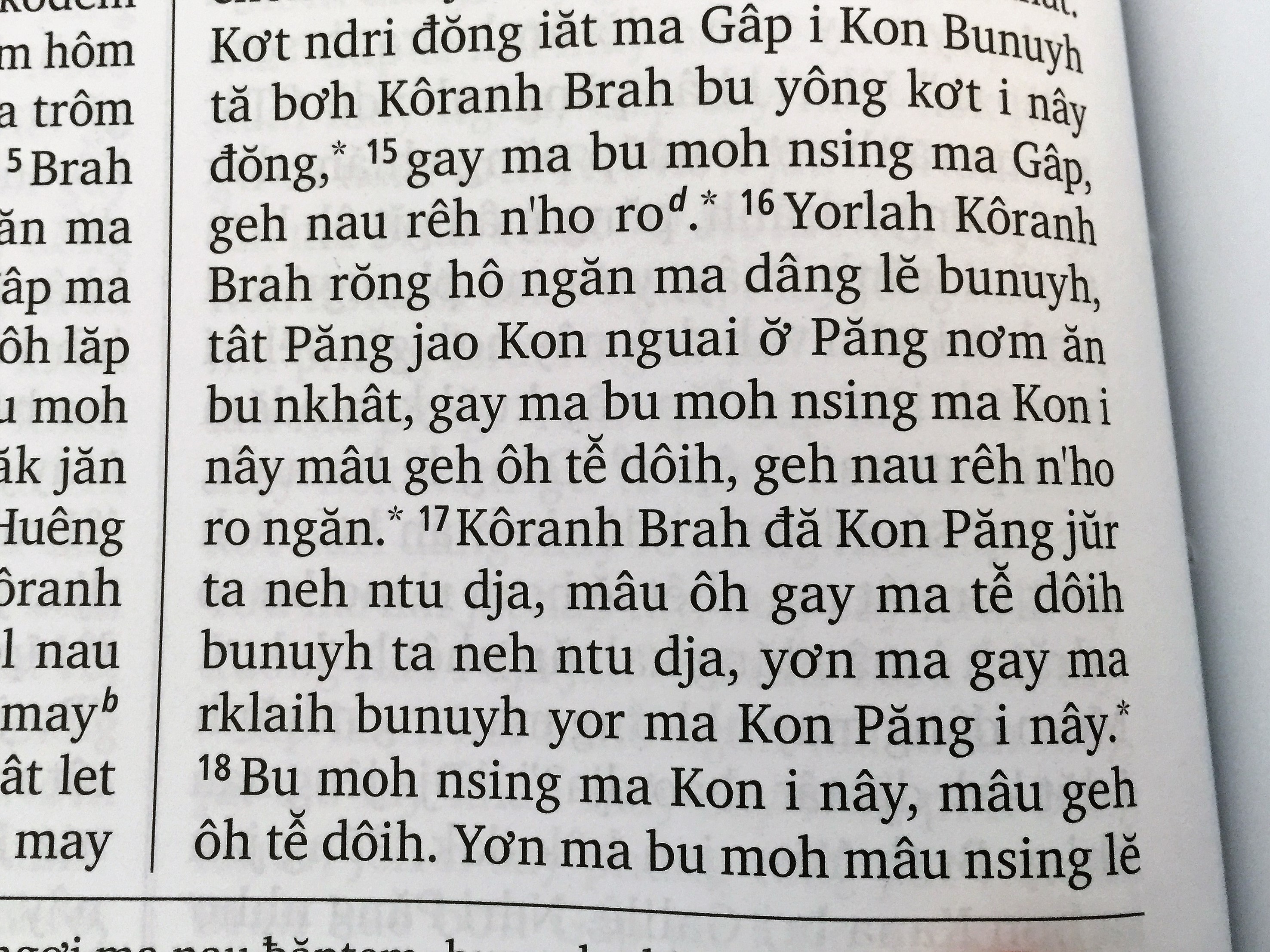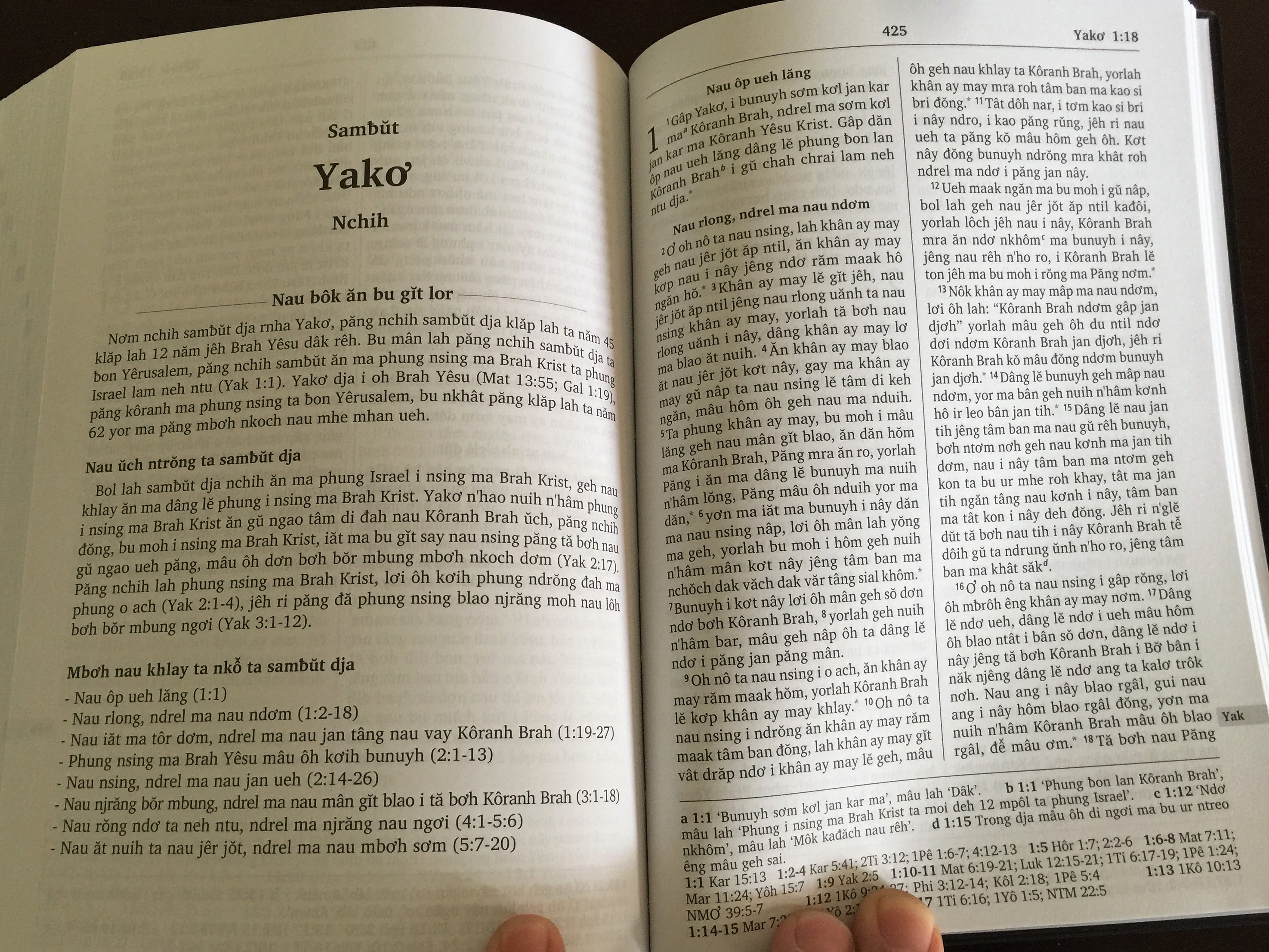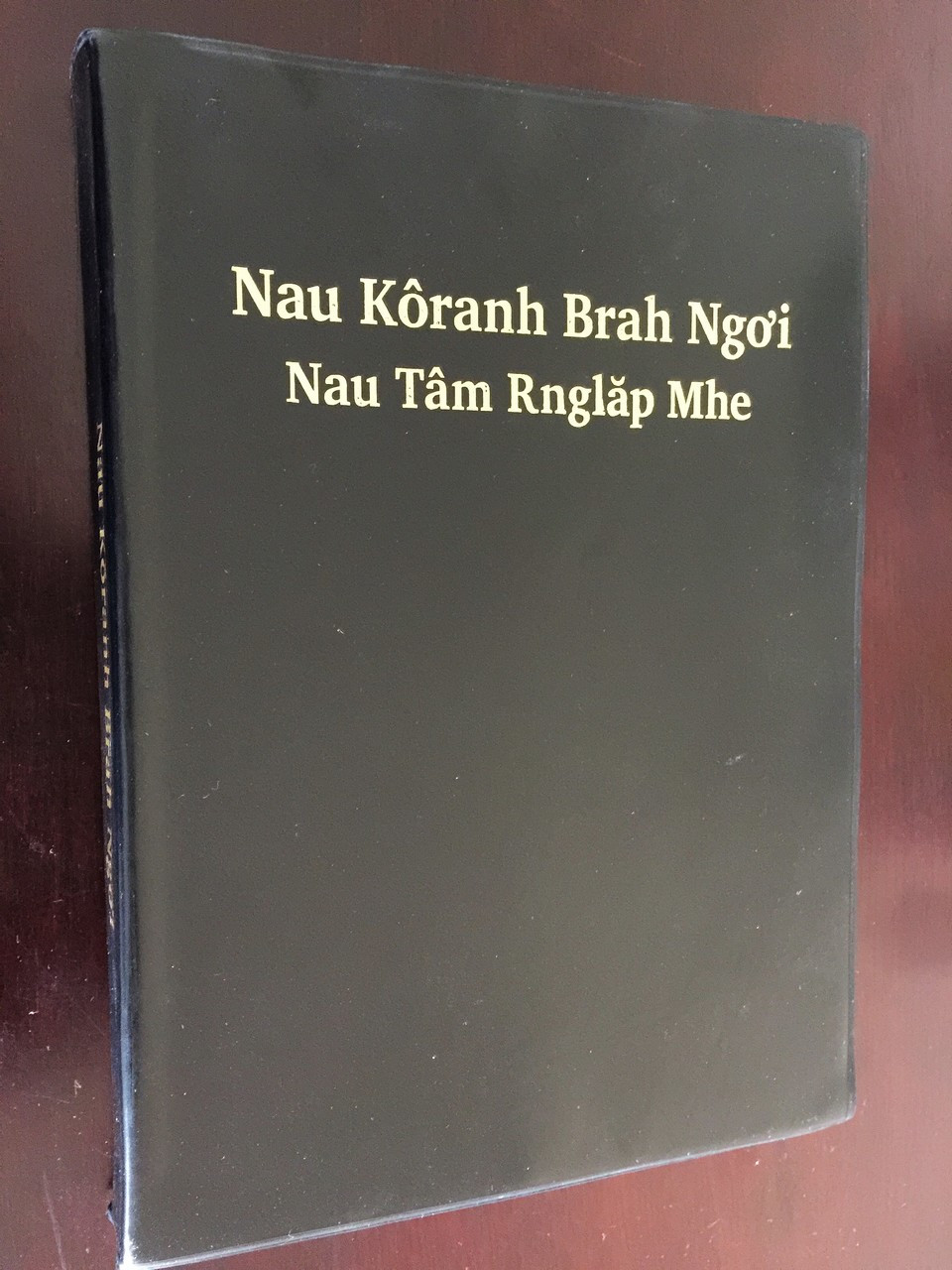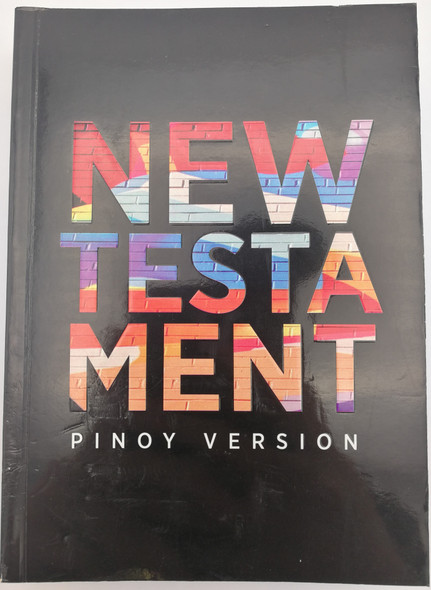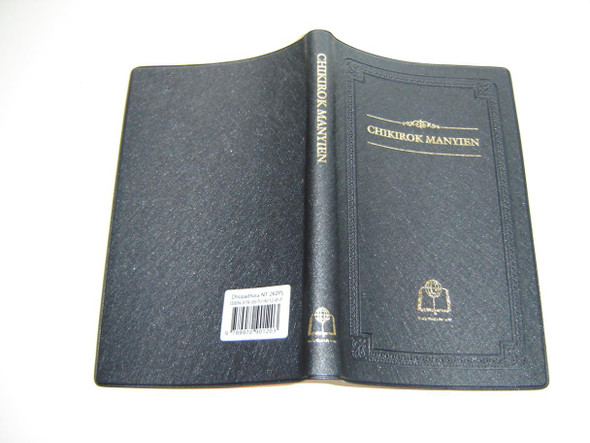Description
Bunong Language New Testament Text Roman Script Cambodian Dialect Version
Product Features
- Language: Bunong (also known as Mnong or Pnong)
- Script: Roman Script, Cambodian Dialect Version
- Binding: Vinyl Bound
- Publisher: Association of Montagnard Churches
- Collaborators: Wycliffe Bible Translators, Inc.
- Publication Year: 2016
- ISBN: None
- Page Count: 508 Pages
- Additional Features: Color Maps, Glossary at the end of the New Testament
Summary
The Bunong Language New Testament presents the sacred texts of Christianity in the Bunong language, using the Roman script to cater to the Cambodian dialect. Published in 2016 by the Association of Montagnard Churches in collaboration with Wycliffe Bible Translators, Inc., this vinyl-bound edition is a significant resource for the Bunong-speaking minority in Cambodia. With 508 pages, color maps, and a glossary, it is designed to be accessible and informative for readers and serves as a vital tool for religious and cultural preservation.
Interesting
The Bunong people, part of the larger Mnong ethnic group, are indigenous to the Central Highlands of Vietnam and the Mondulkiri province of Cambodia. The Bunong language is part of the Austroasiatic language family and is classified under the ISO 639-3 code CMO. The publication of the New Testament in the Bunong language is a testament to the efforts of preserving the linguistic and cultural heritage of this minority group, which has historically faced challenges due to regional conflicts and cultural assimilation pressures.
Reviews
There are no specific reviews available for the Bunong Language New Testament as of the knowledge cutoff date. However, the significance of this translation for the Bunong-speaking community cannot be overstated, as it provides them with religious texts in their native language, promoting literacy and cultural identity. We invite you to write a review for the Bunong Language New Testament and share your experience with our sail service. Your insights will help others in their spiritual journey and contribute to the appreciation of Bunong cultural heritage.
